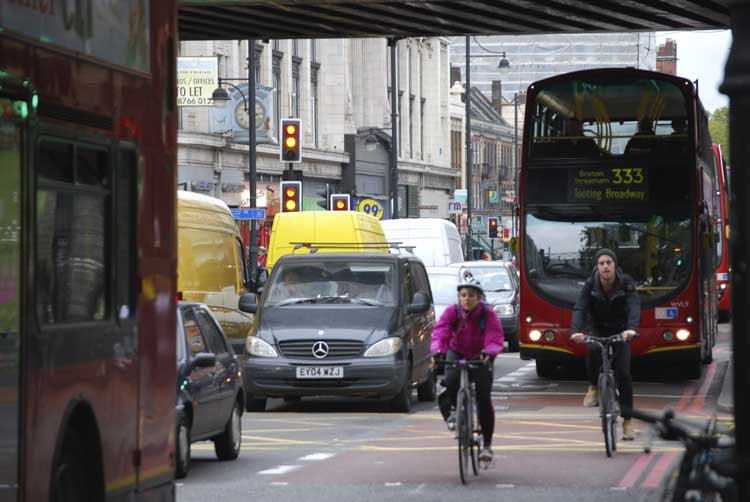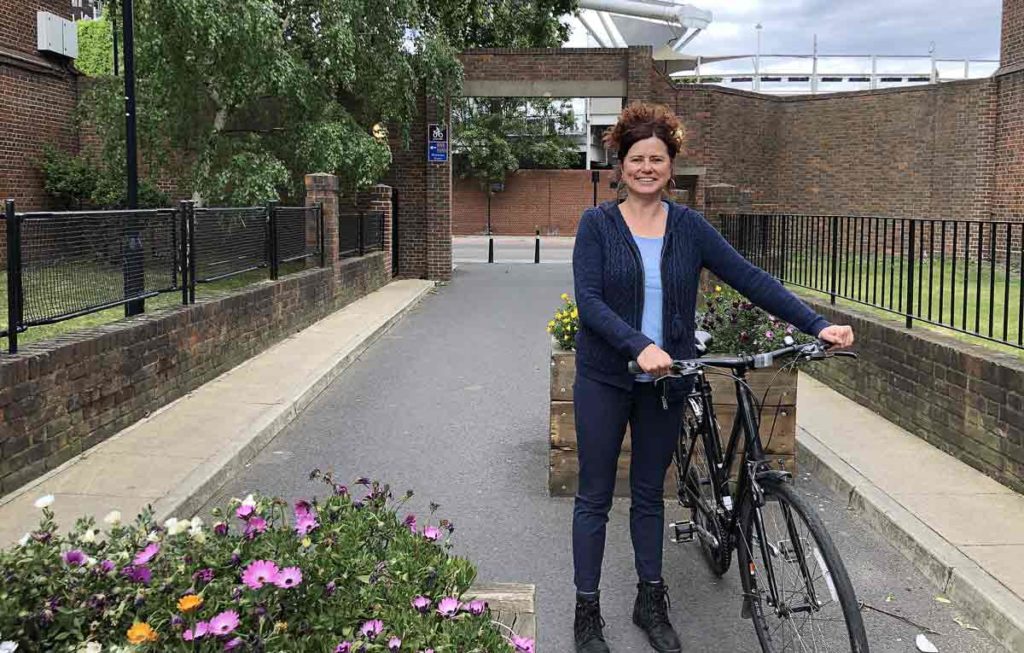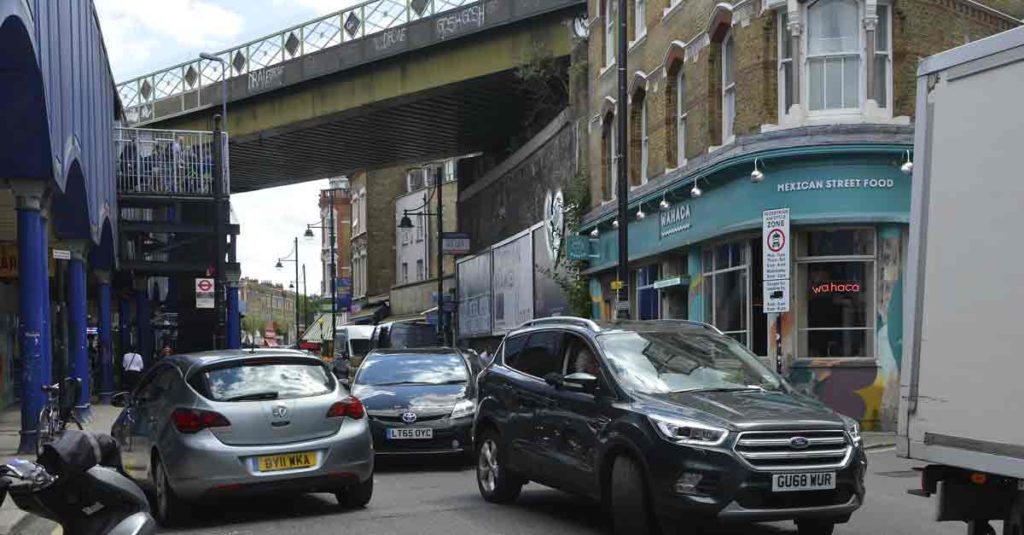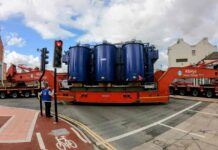
Lambeth council is planning to spend up to £4million to make roads safer and help residents keep to recommended social distances. Many of the areas affected are in Brixton.
It is also appealing to residents to change their travel behaviour.
It plans to boost safe and sustainable transport to support the borough’s economic recovery and improve air quality.
The number of people who can safely use public transport in London has been cut drastically to ensure travellers stay two metres apart.
The council says that this means people will need to find other ways to get around.
“To reduce the potential for more congestion on our already busy road network, and to ensure those who need to drive are able to, the council has set out a detailed delivery plan to enable those who are able, can walk and cycle more safely,” it said.
The council’s transport strategy will be accelerated rapidly, with an initial £1.8million committed from the council’s budget.
A bid will be made to cover the full cost of all the works, totalling £4million, to Transport for London once TfL reaches a financial settlement with the Westminster government.

Claire Holland, council deputy leader (sustainable transport, environment and clean air), said: “We have already moved quickly to enable social distancing by widening pavements across the borough but now, as we move into the future and lockdown restrictions ease, we need to prepare for more people being out and about on our streets.
“That means ensuring residents are able to move around our borough safely.
“Londoners are being asked by the prime minister not to use public transport unless it is absolutely essential.
“With more than half of Lambeth’s residents not owning a vehicle and many people likely to be fearful of using public transport, it is an absolute priority that we ensure our streets and neighbourhoods are safe so that residents feel able to choose safe and accessible alternatives.
“Our plan will keep Lambeth moving, reduce the risk of road danger due to excess speeding and reduce the risk of COVID-19 transmission, all whilst having additional benefits of cleaning up our air, reducing carbon emissions and creating healthier neighbourhoods.
“We cannot replace one health crisis with another.”
The council says it will work closely with Transport for London as it delivers expected protected cycling infrastructure on both the A3 and A23 (Brixton Road and Brixton Hill) in the borough.
Subject to funding being available, the council’s plans include:
- Footway widening in at least a further six locations
- Creating low traffic neighbourhoods by removing rat-running traffic in the following areas:
- Oval Triangle
- Railton
- Ferndale
- Streatham Hill
- Streatham Wells
- Brixton Hill
- Tulse Hill
- … and up to a further five across the borough

- Healthy routes to boost walking and cycling by building safe routes at the following locations:
- Loughborough Road
- Kennington Road
- Barrington Road
- Atlantic Road
- Coldharbour Lane
- Brixton Water Lane
- Focussing on key links that provide access to healthcare, employment and town centres.
- Increasing the number of access-only roads, including a notorious local rat run, St Matthew’s Road between Brixton Water Lane and the St Matthews gyratory.
The council says it will work to ensure people have access to the facilities, equipment, information, skills and confidence that they will need to take advantage of the new infrastructure it is planning.
“The council is asking people to change their behaviour and working to remove the barriers to this happening across our diverse communities,” it said.






